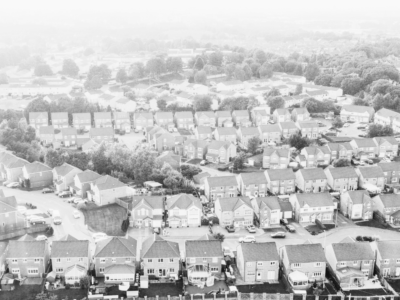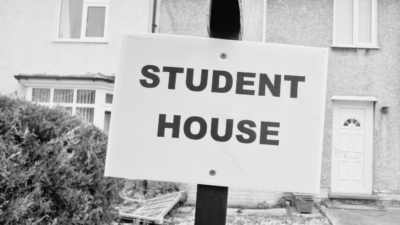Shifting trends in the property market have led to a growing number of properties being let by overseas landlords in Great Britain, according to a new report by estate and letting agent Hamptons International.
The report found that the proportion of homes held by overseas-based landlords grew to 11 per cent in the first 10 months of 2019, up from a share of seven per cent during the same period in 2018, which was considered to be a record low at that time.
Hamptons International revealed that the growth in interest from overseas investors this year had been the first year-on-year increase since records began in 2010, when 14 per cent of homes were let by non-UK based landlords.
London remains most attractive
London was found to be the most popular destination for foreign investors, with 18 per cent of properties belonging to landlords from overseas. However, this remains below the 2010 peak, when overseas investors held a 26 per cent share of the capital’s properties.
Wales, on the other hand, saw the least interest from overseas landlords. Just two per cent of Welsh homes belonged to an overseas landlord, and Wales was the only Great British region to record a decline in demand from this group.
The increase in demand from investors outside the UK marks a significant turnaround in sentiment, after almost a decade of waning foreign investment.
In December 2018, Linklaters released a report on foreign real estate investment in the UK, in which it revealed that demand was particularly strong from Asian investors from countries including South Korea. They estimated that Asian investors held £3.6 billion worth of bought property in London alone in 2018.
Weak currency boosts demand
Hamptons International noted that a weaker Sterling was likely to be responsible for the increased demand from foreign investors. Sterling’s marked weakness against the US Dollar since 2014 resulted in a price discount of several tens of thousands of pounds for the average property across Great Britain as a whole.
Aneisha Beveridge, head of research at Hamptons International explained: “Sterling’s depreciation has made investment property in Great Britain more attractive to international investors. The average home cost 23 per cent or £53,065 less than in 2014 for a US dollar buyer, solely due to the currency changes.”
This depreciation discount gave London an advantage compared to all other regions, as the discount in the capital was even higher, at £107,030 for the average property.
This higher discount came at a price, as average London house prices stood at £469,640 in October, and the average Stamp Duty bill (including the three per cent surcharge on second homes) was £27,570 for the average home. Hamptons International stated that this was the highest Stamp Duty bill of any region they surveyed.
Despite this, the report added that in many cases, price discounts were sufficiently large enough to absorb the cost of any additional three per cent Stamp Duty surcharges on second homes.





















Comments